"Neonicotinoids are a class of highly toxic insecticides designed to damage the central nervous system of insects, causing tremors, paralysis and death at even very low doses."
Today, I took some of the frames out to inspect. The top board that you see on the top right (see photo below) had comb being built onto it, which makes it difficult to open the hive because it disturbs the bees more when I pry it open. I took that top off and set it on the ground and let the bees leave it on their own and replaced the top with a fresh one.
I didn't use smoke on my bees and I rarely do. I just move slowly and try not to ever jolt or bump them. That really bothers them when it happens. If I'm slow and fearless, they do fine. I did not get stung. I don't wear protective clothing. I prefer being able to connect with my bees enough that I am accepted by them. I had some aggressive bumps when I lifted the frame, and I back up when that happens if I don't have a frame in my hands. I want to show that I can respect their request for space. I'll pull a frame out and set it down and then photograph it. I let them calm down if they've gotten a bit spooked. Then I gently and slowly put the frame back.
Center for Food Safety VICTORY! COURT HOLDS BEE-KILLING PESTICIDE APPROVALS VIOLATED THE LAW
"Neonicotinoids are a class of highly toxic insecticides designed to damage the central nervous system of insects, causing tremors, paralysis and death at even very low doses.
Since the mid-2000s, their use through various methods has skyrocketed. Methods include sprays, soil drenches, tree injections and others. However, by far their greatest use in terms of U.S. land area affected is as crop seed coatings – a process by which agrichemicals are mixed together with large batches of seeds in order to coat them before the seeds are planted.
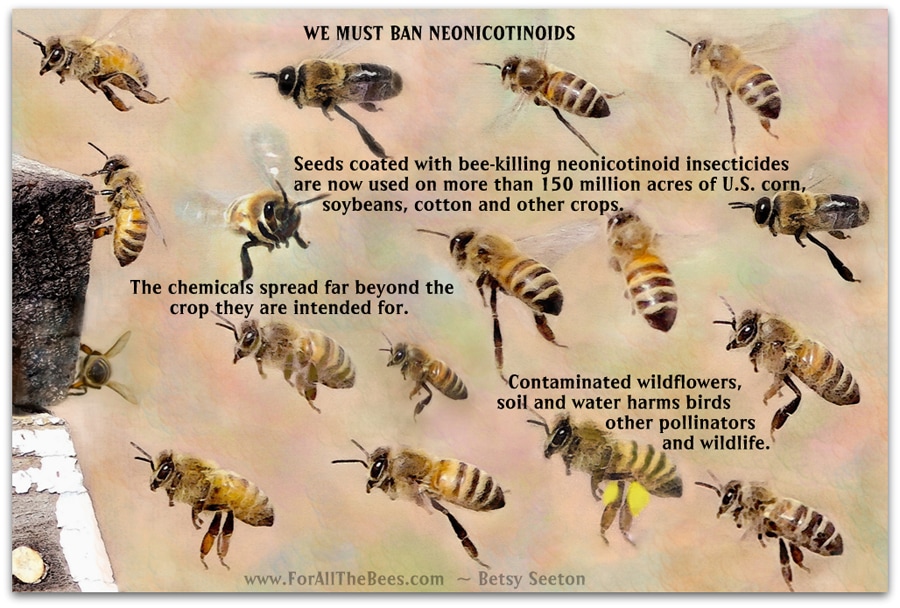
Neonicotinoids persist in soil and are readily transported via air, dust and water both within and outside the planted fields.
Seeds coated with bee-killing neonicotinoid insecticides are now used on more than 150 million acres of U.S. corn, soybeans, cotton and other crops.
After seeds coated with neonics are planted, the chemicals spread far beyond the crop they are intended for and can contaminate nearby wildflowers, soil and water — all of which pose significant threats to bees foraging and nesting in the area. It has been known for several years that these chemicals can kill or weaken more than just the targeted pests.
Non-target harm can occur to beneficial invertebrates, as well as to birds and other wildlife, through both direct and indirect effects."
The EPA has consistently violated it ‘s responsibilities under the law and are under the complete control of the chemical industry." Please read full article here.
Source:
http://www.centerforfoodsafety.org/…/court-holds-bee-killin…
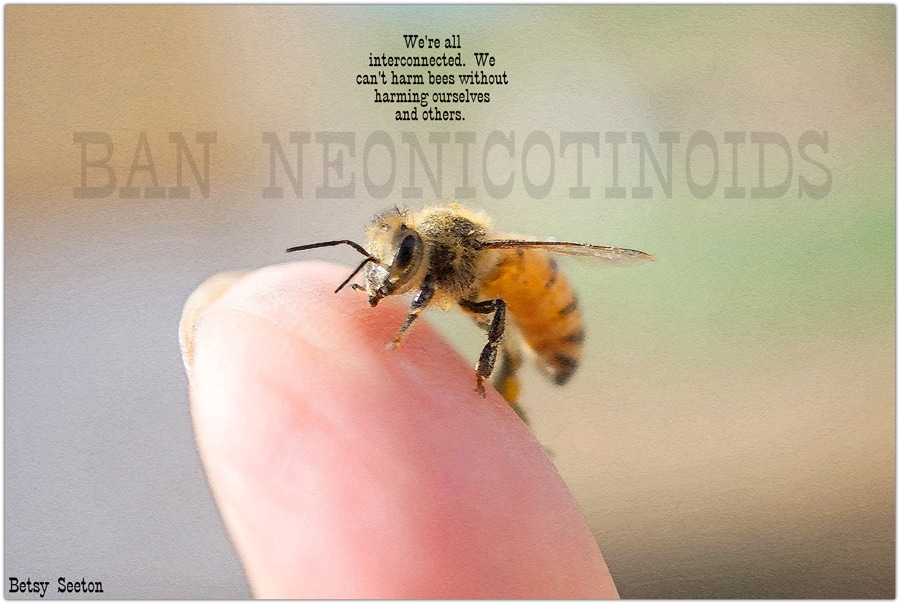
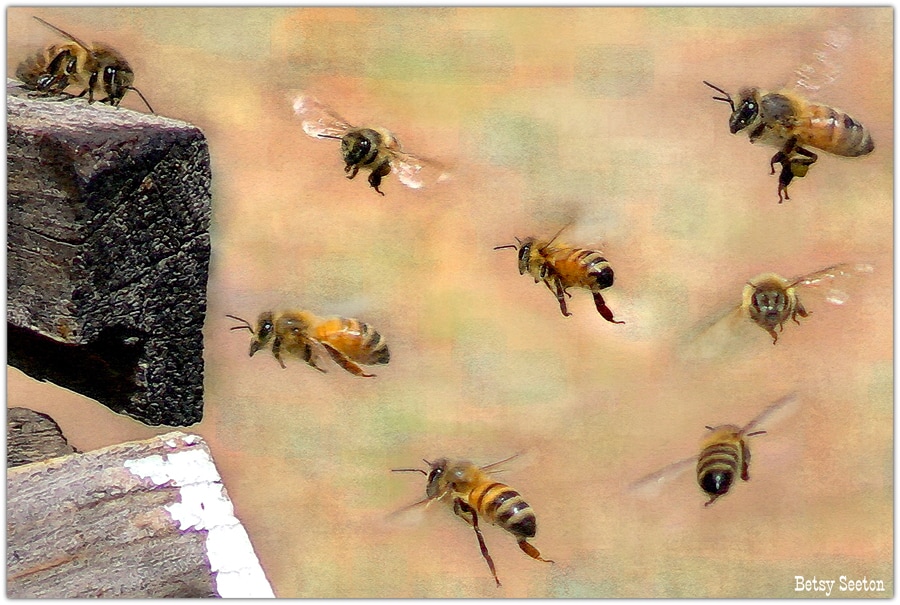
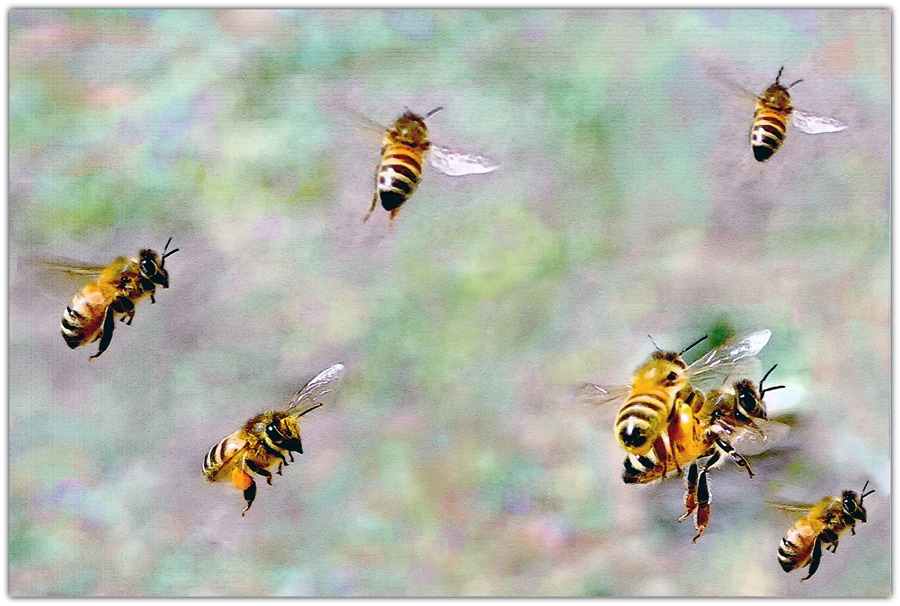
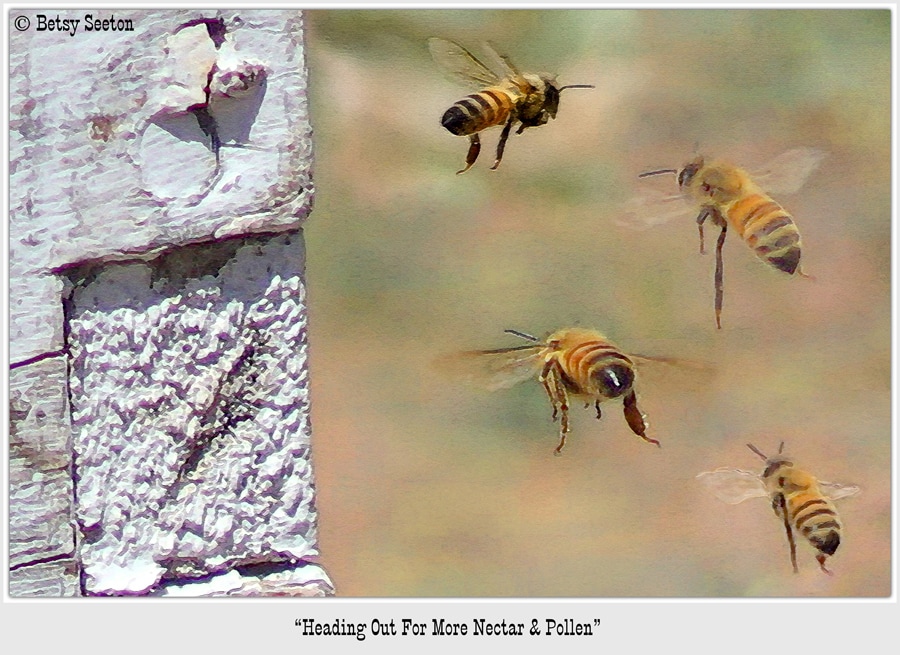
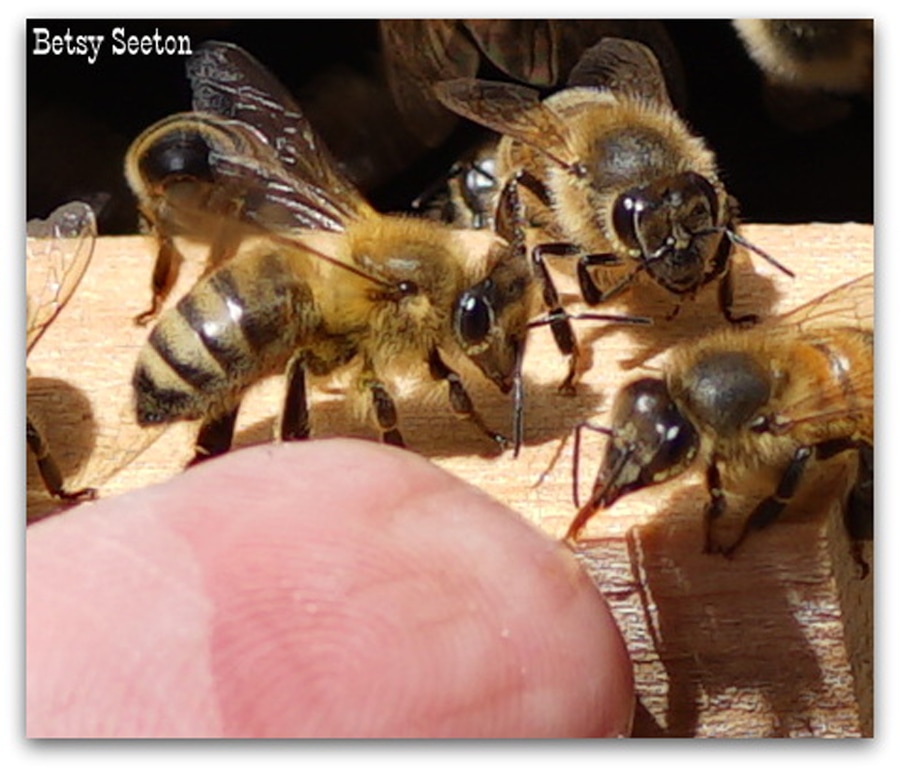
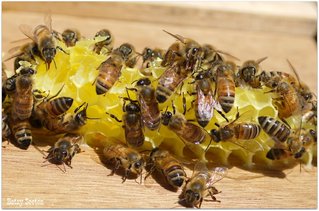
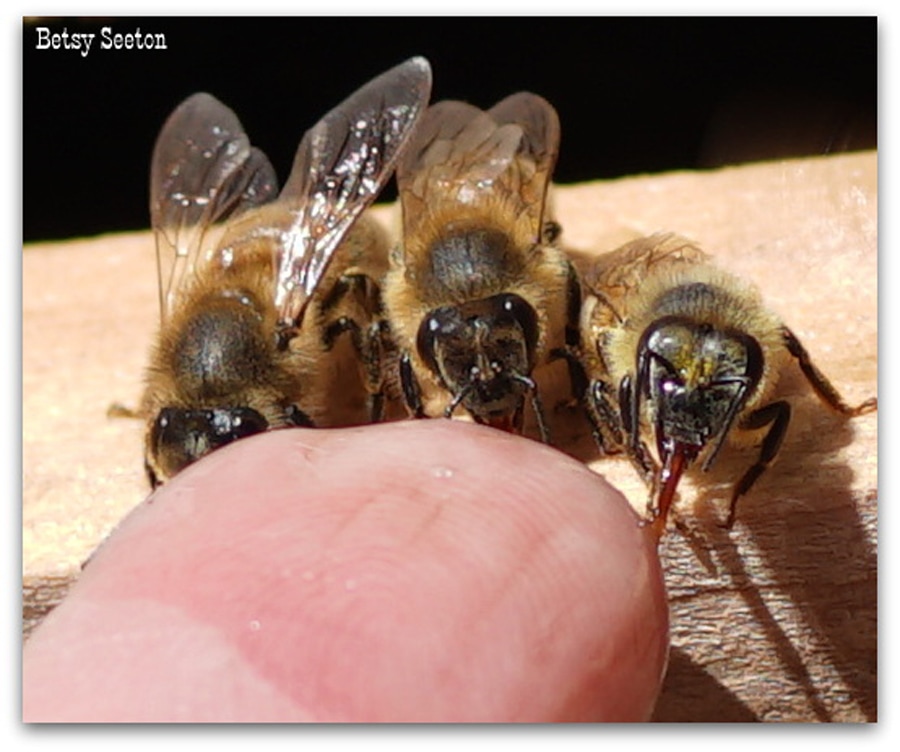
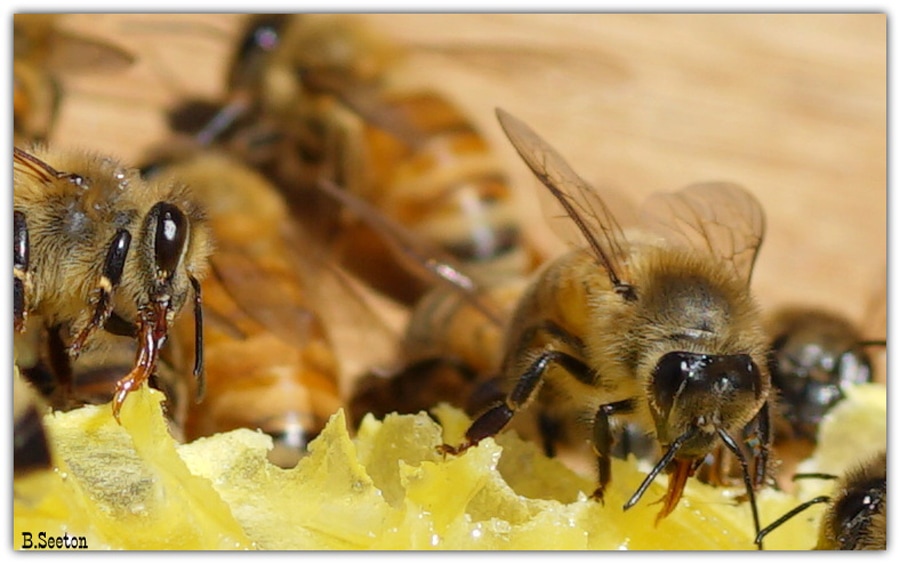
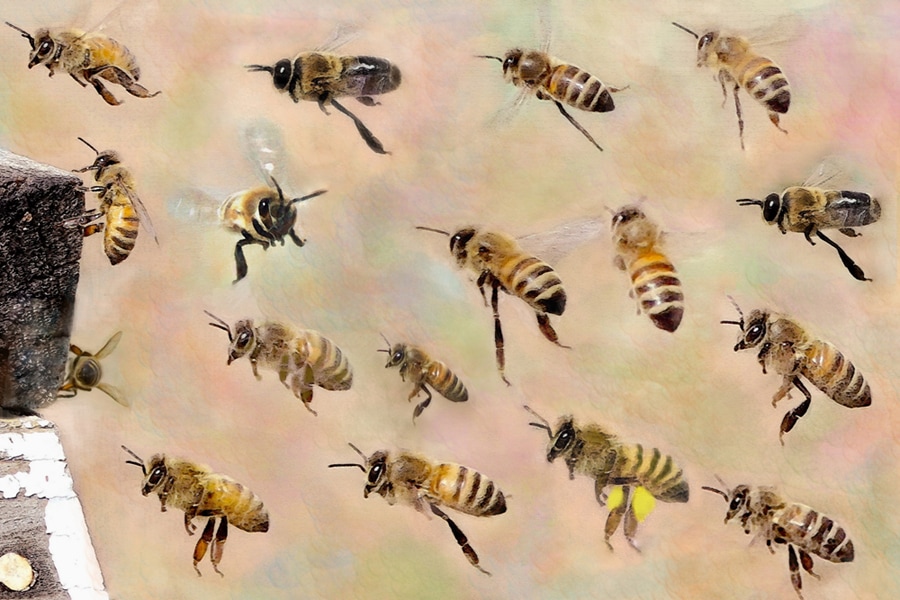
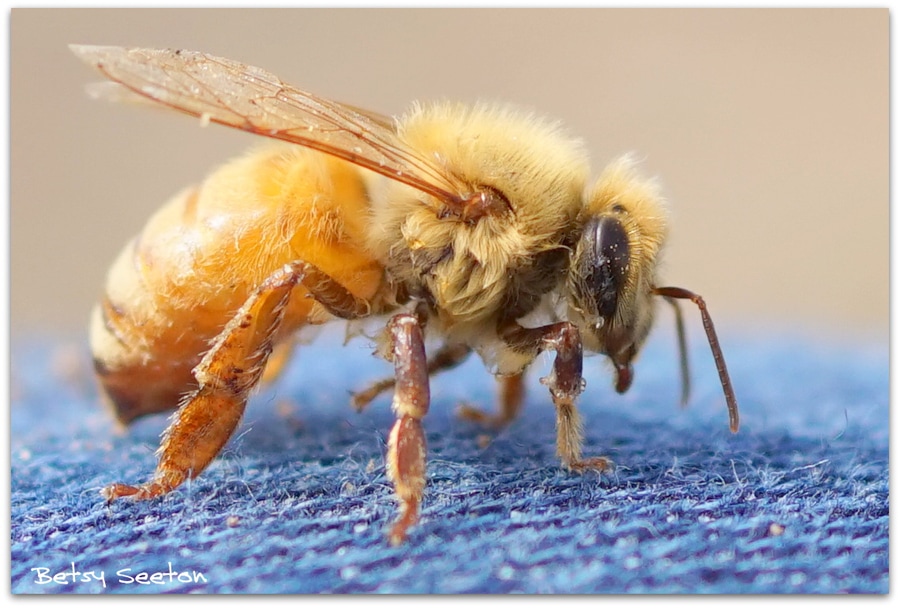
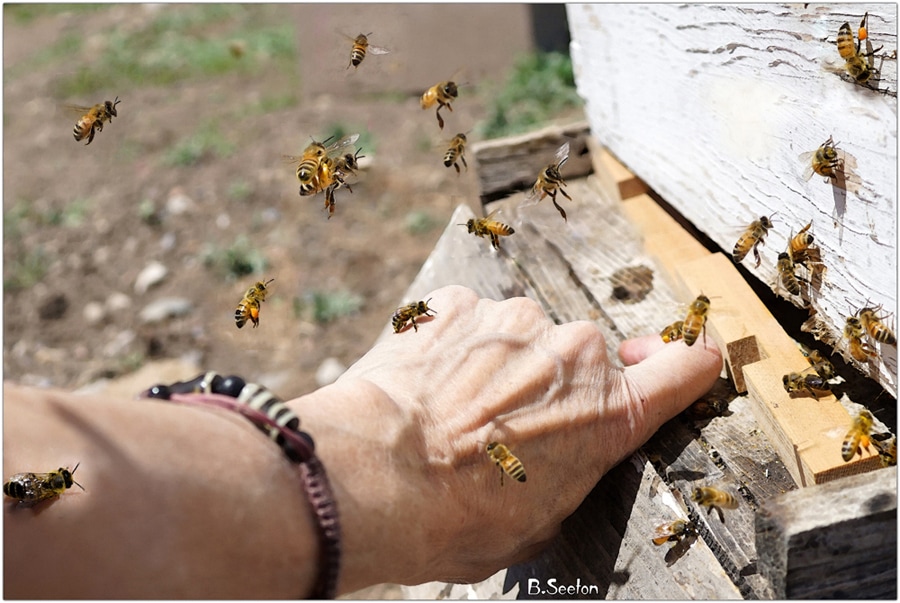
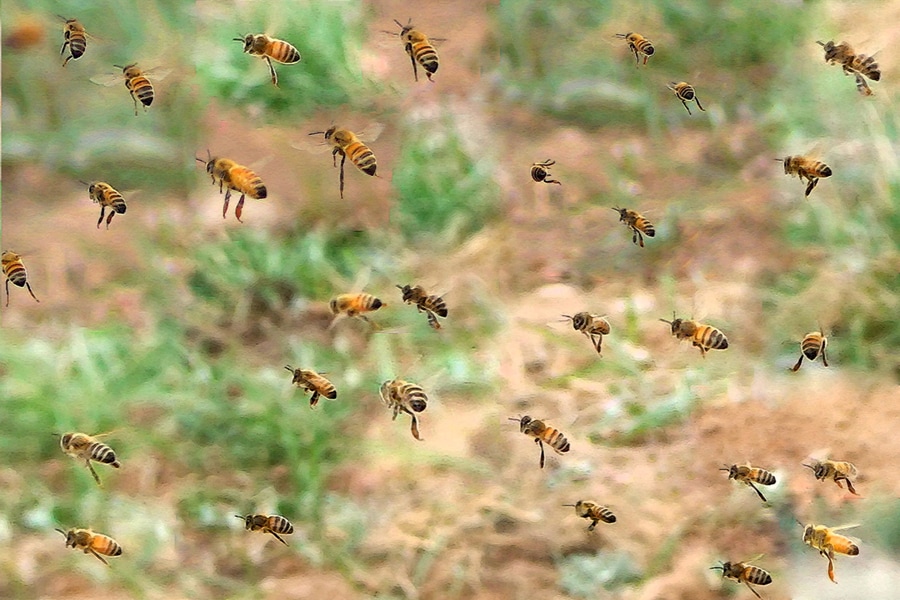
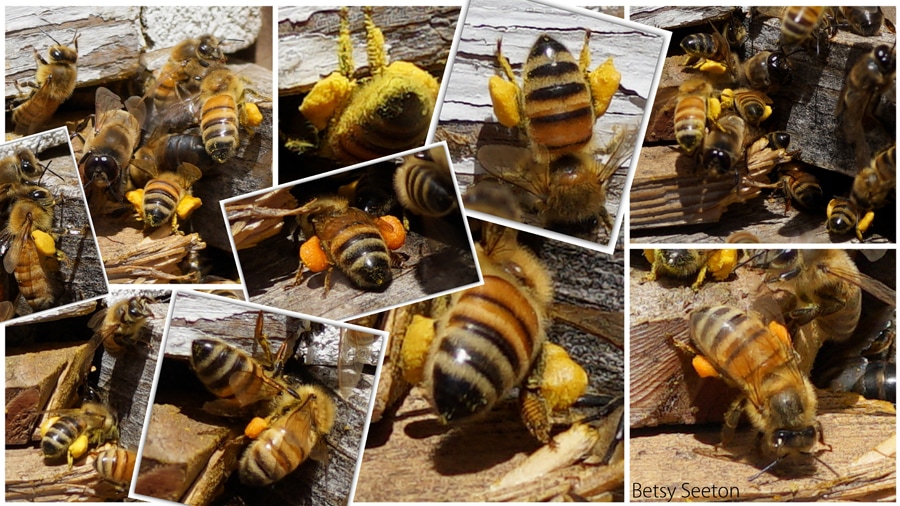
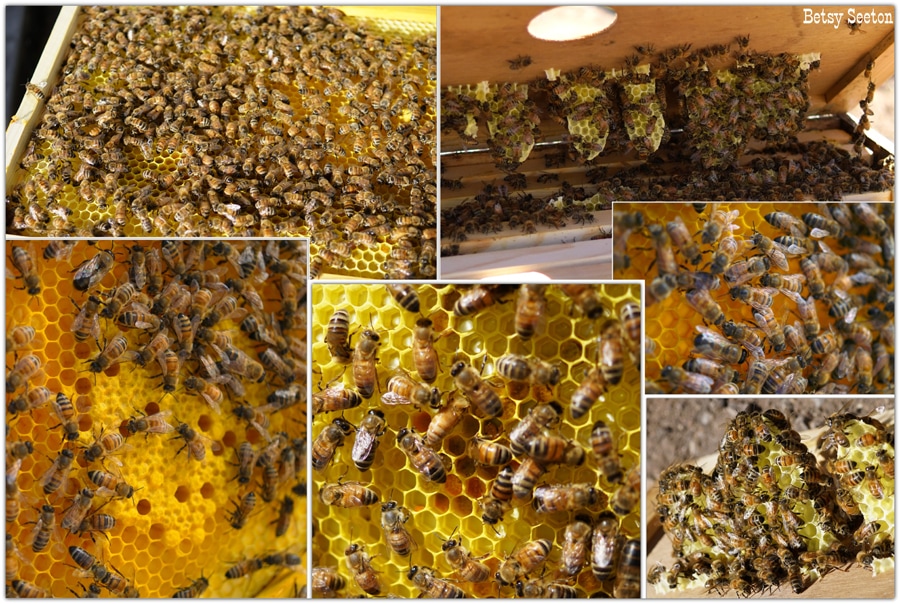
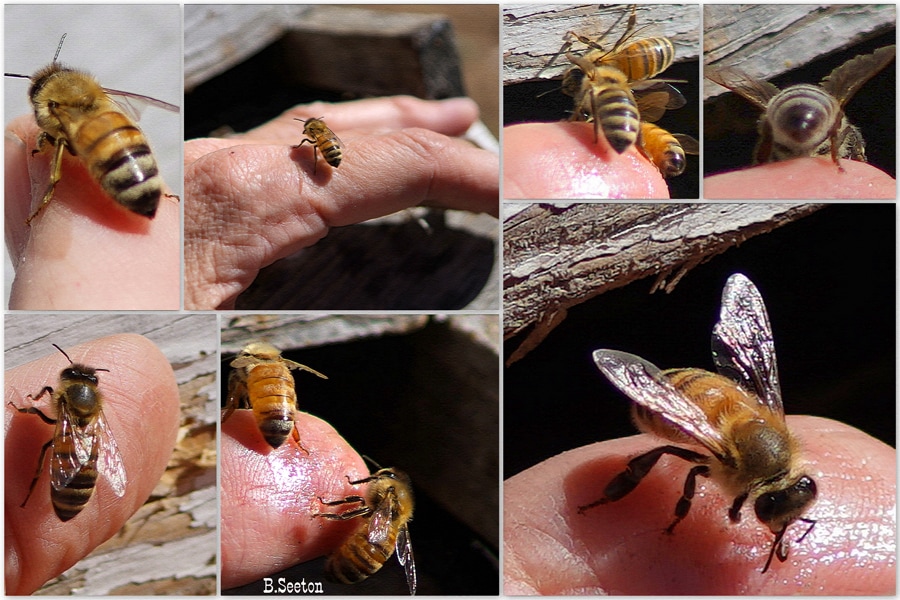
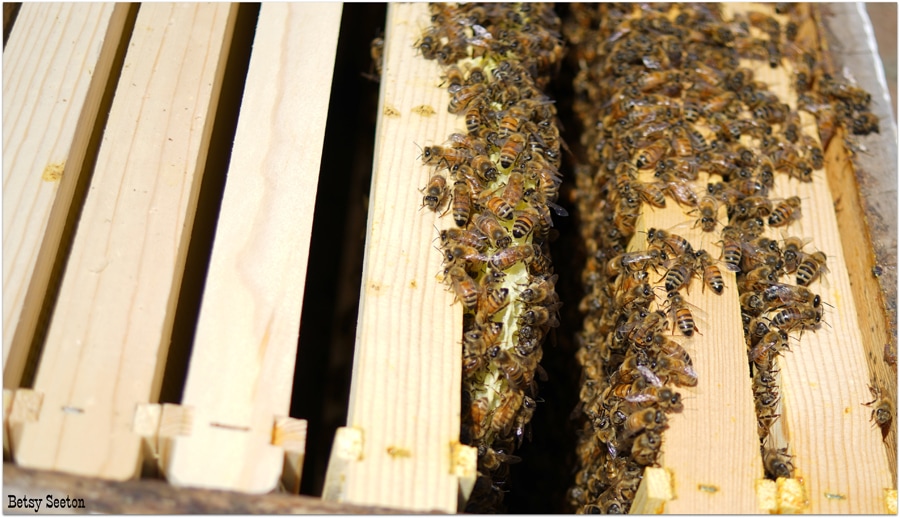
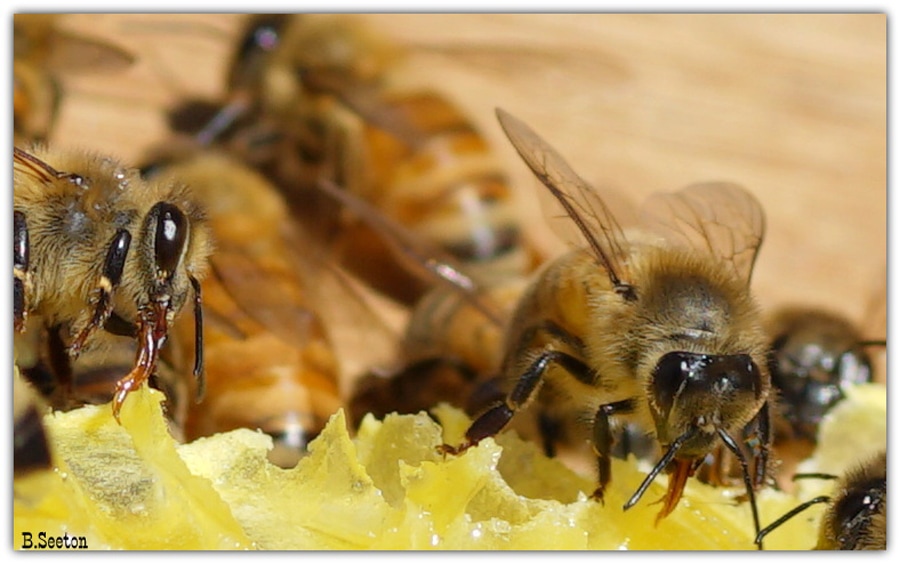
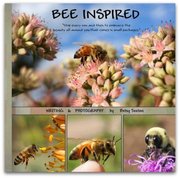
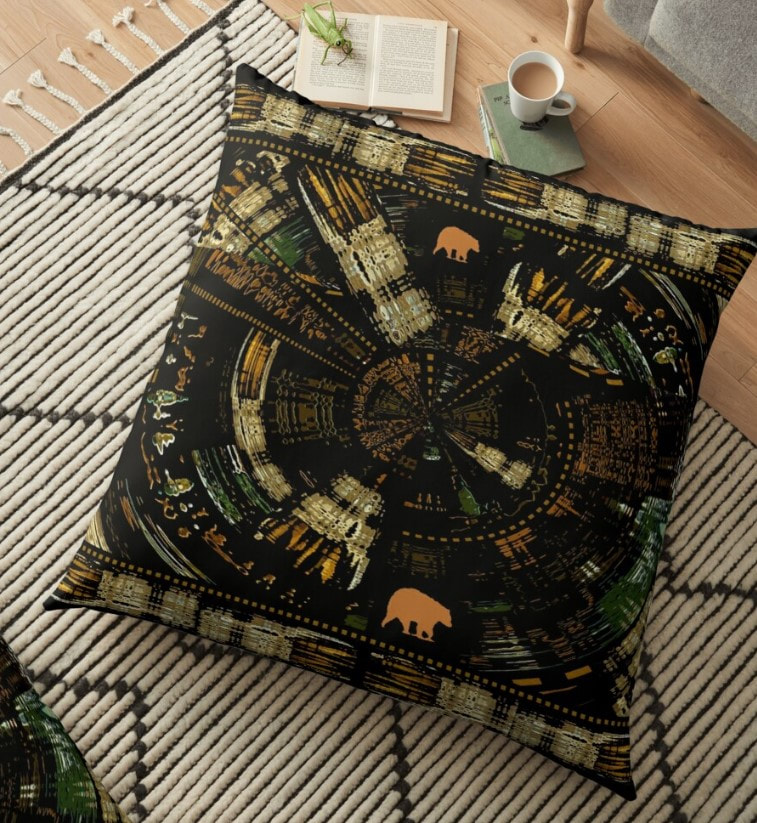
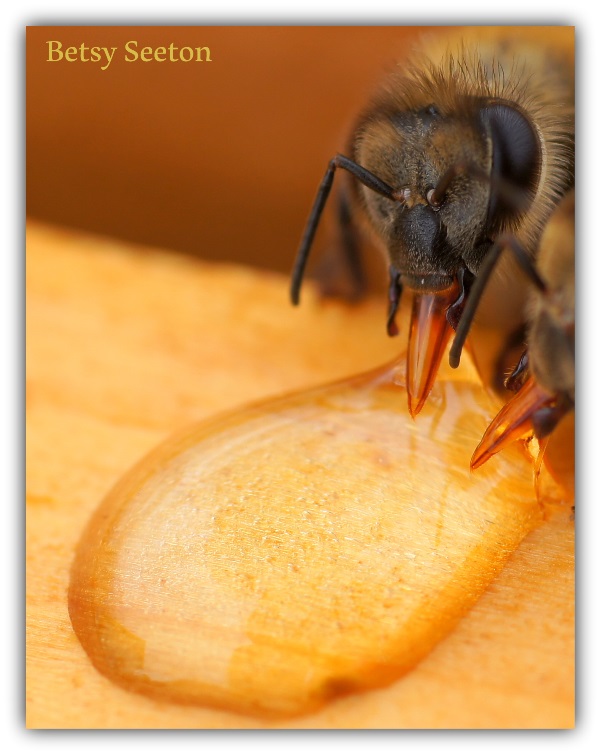
 RSS Feed
RSS Feed
